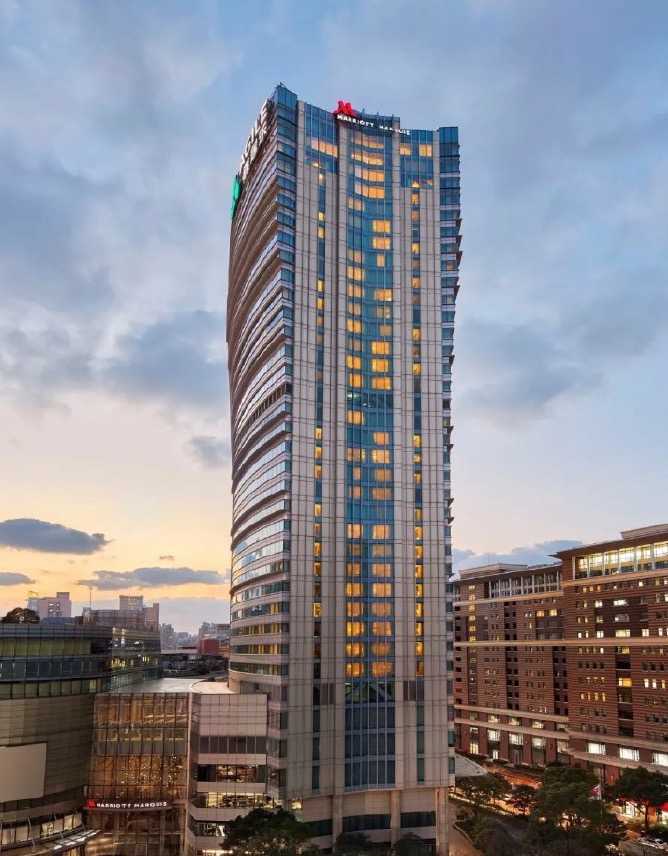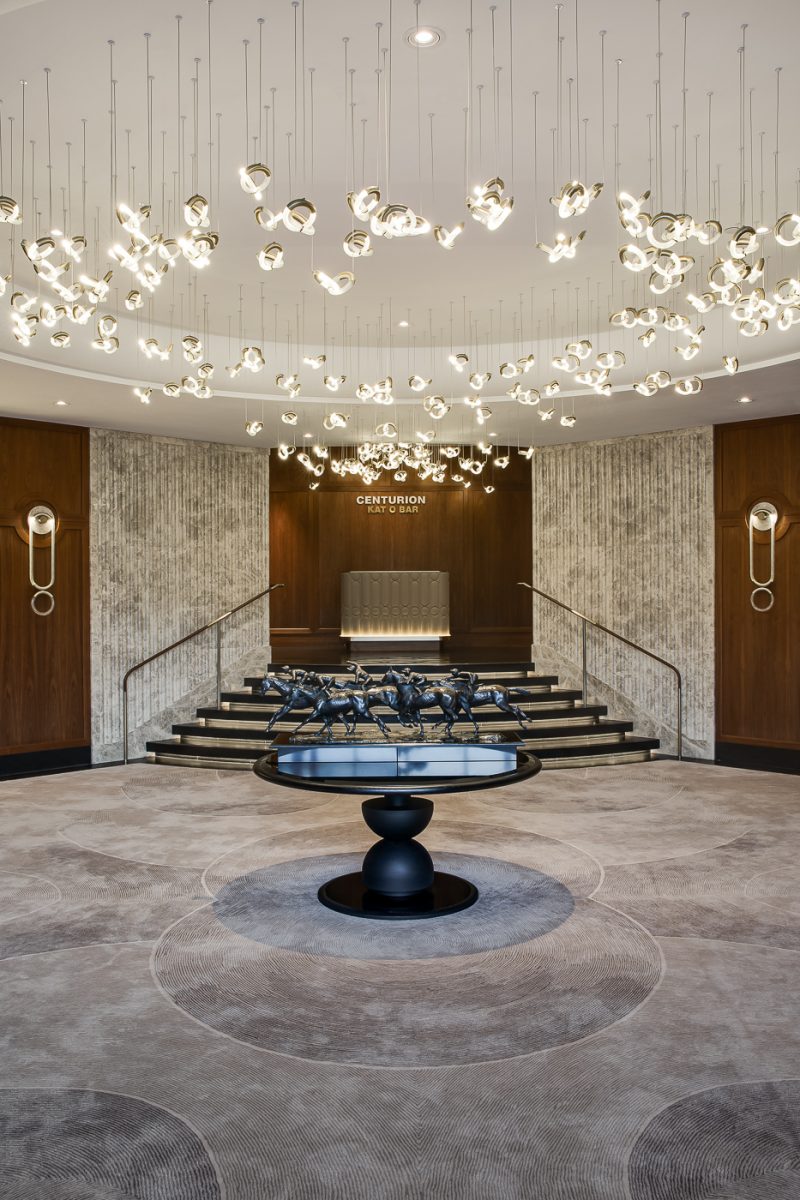The Chinese restaurant on the second floor of Fuxin Hotel embodies a harmonious dialogue between tradition and contemporary design—a poetic celebration of Eastern aesthetics. Expansive windows frame the urban landscape outside, while inside, the gentle drape of textiles and warm wood tones extend an embrace of timeless familiarity amidst the modern cityscape. This is more than a dining venue; it is a stage for cultural exchange and continuity. Every detail—from the play of natural light on lacquered surfaces to the quiet elegance of table arrangements—invites guests to savour not just cuisine, but the art of shared heritage.
-
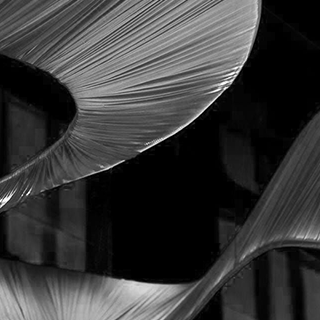
Oriental Aesthetics
-

Stage of Reunion
-
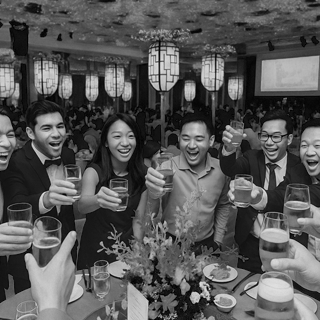
Grand Banquet
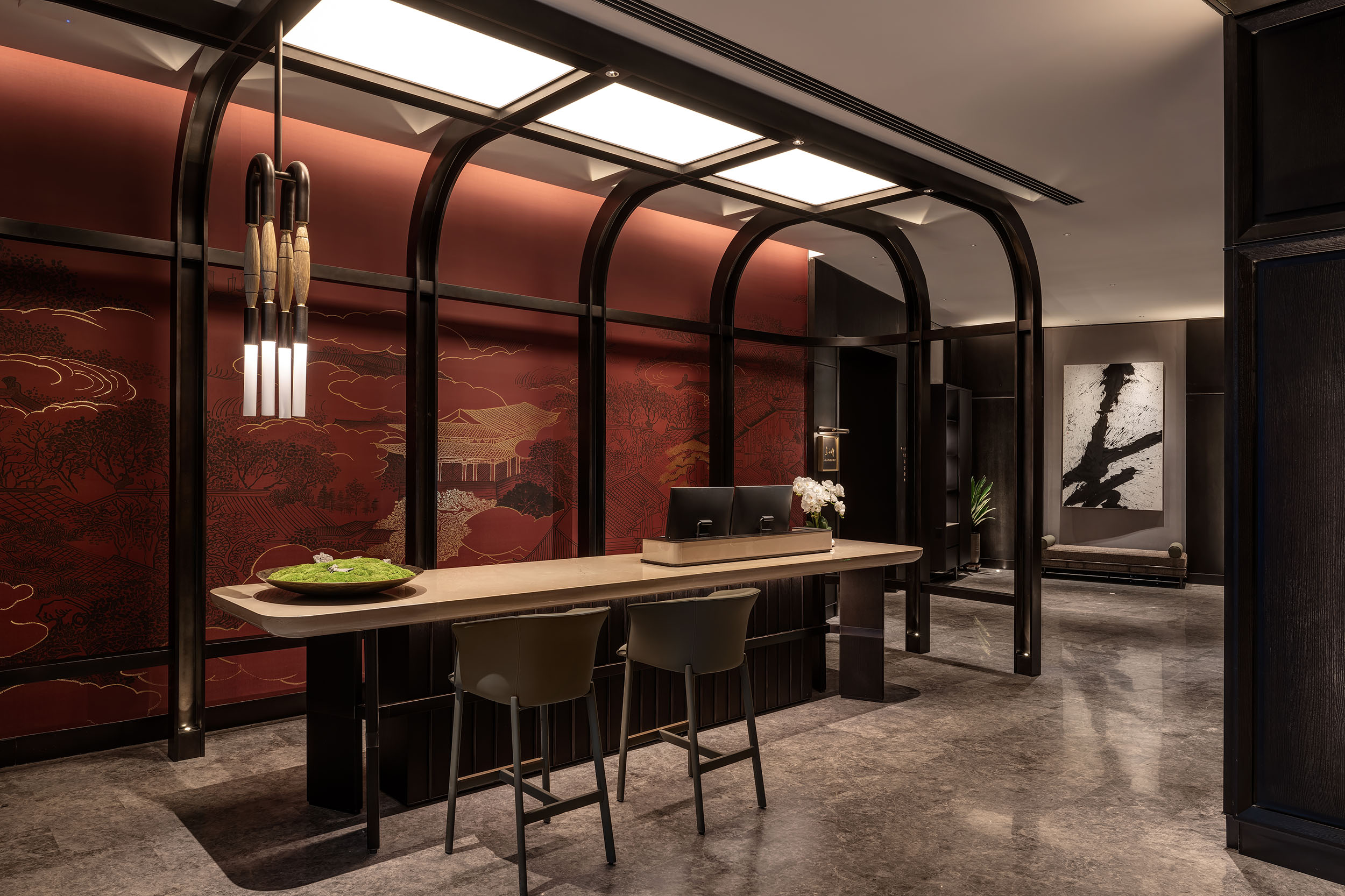
The Chinese restaurant’s reception room is wrapped in crimson-toned murals, every corner exudes a warmth as comforting as an ancient village finding refuge within the modern city’s clamor. The landscape paintings seem to whisper—their brushstrokes carrying the murmur of flowing streams, their ink-washed peaks holding the emerald glow of distant mountains. Here, time slows to the rhythm of tradition, offering not just a meal, but a homecoming for the soul.
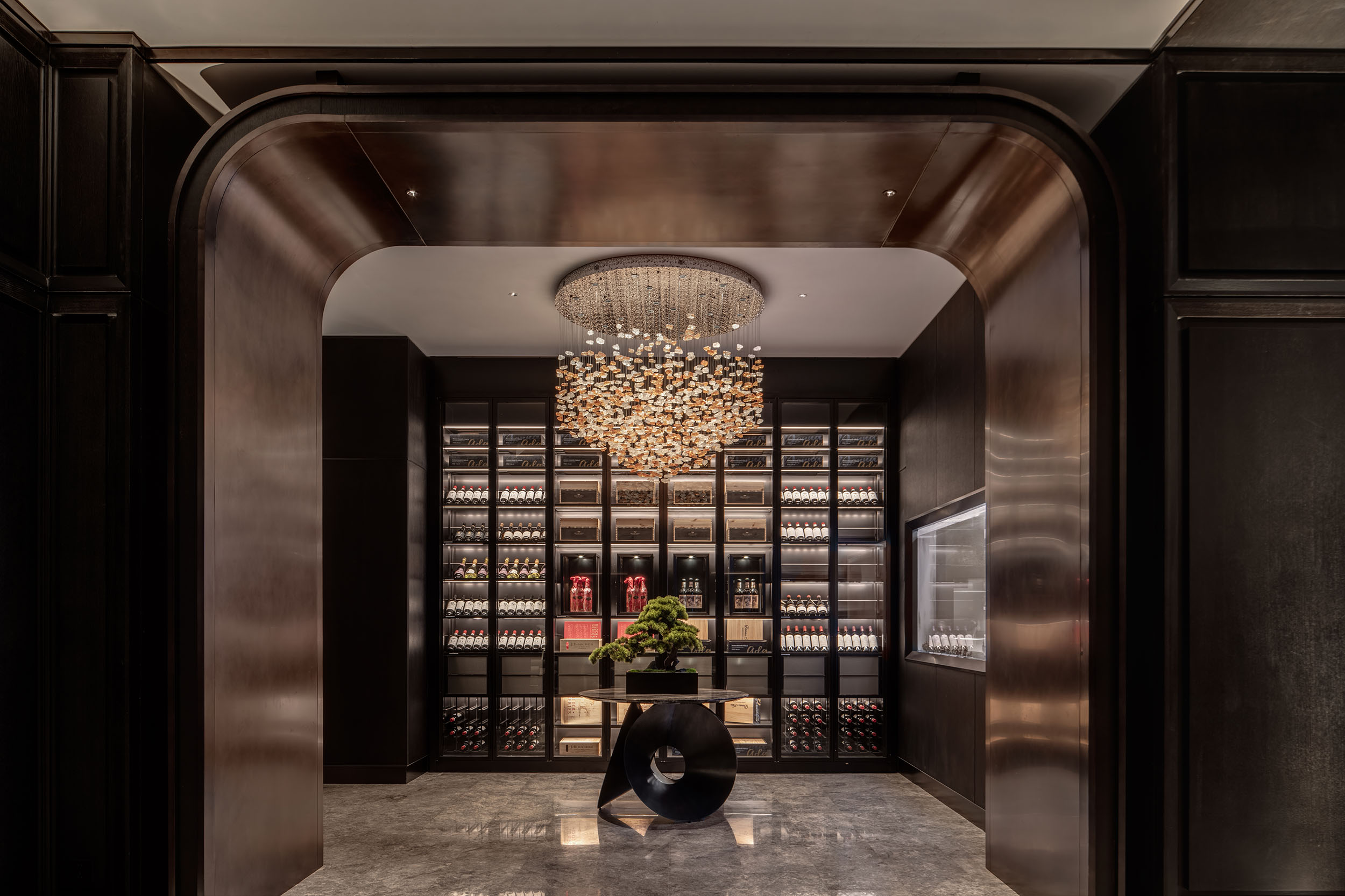
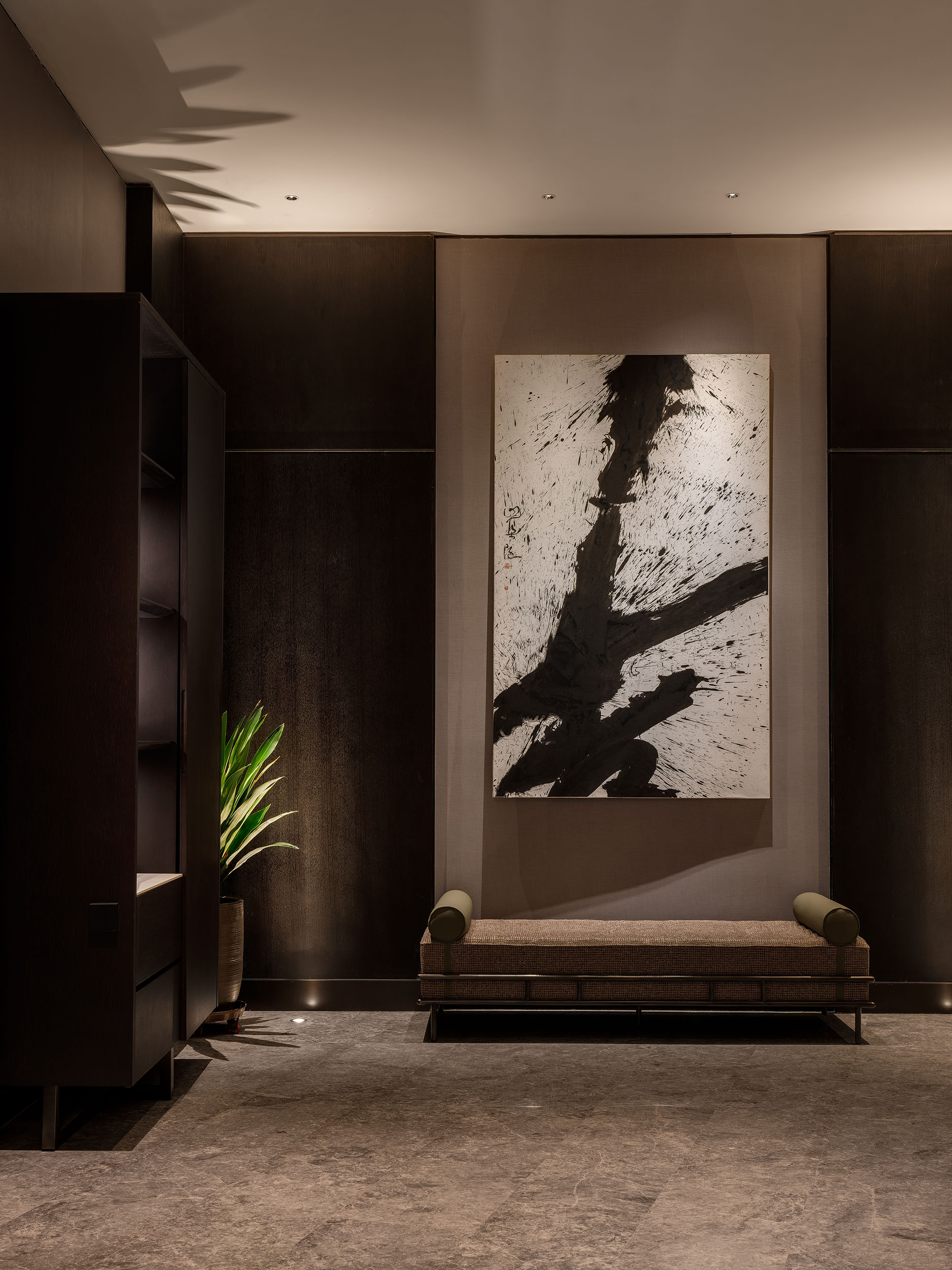
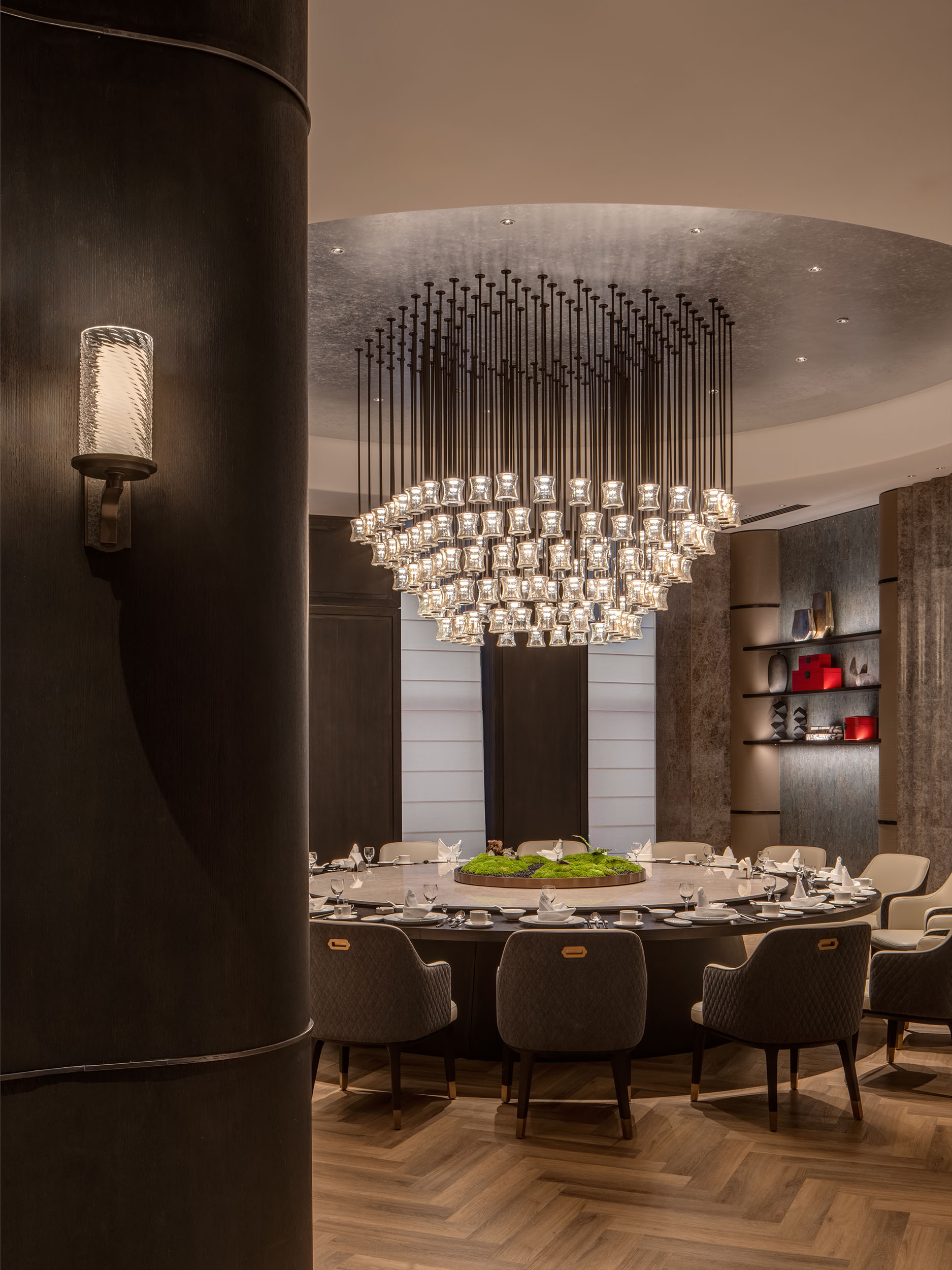
Fifteen distinct private dining rooms can be found in the Chinese restaurant, where each is a self-contained narrative space yet woven into the venue’s overarching emotional fabric. The grandest private room unfolds like a ceremonial hall—spacious and luminous, where contemporary design harmonises with traditional motifs. From its ceiling descends a chandelier resembling the harvest moon, casting a golden glow that blesses every gathering beneath it.
Mid-sized rooms offer cultivated intimacy, their refined simplicity speaking volumes. Every deliberate detail—the angle of a chair, the fold of a napkin—whispers quiet reverence for the guests about to embark on their culinary journey.

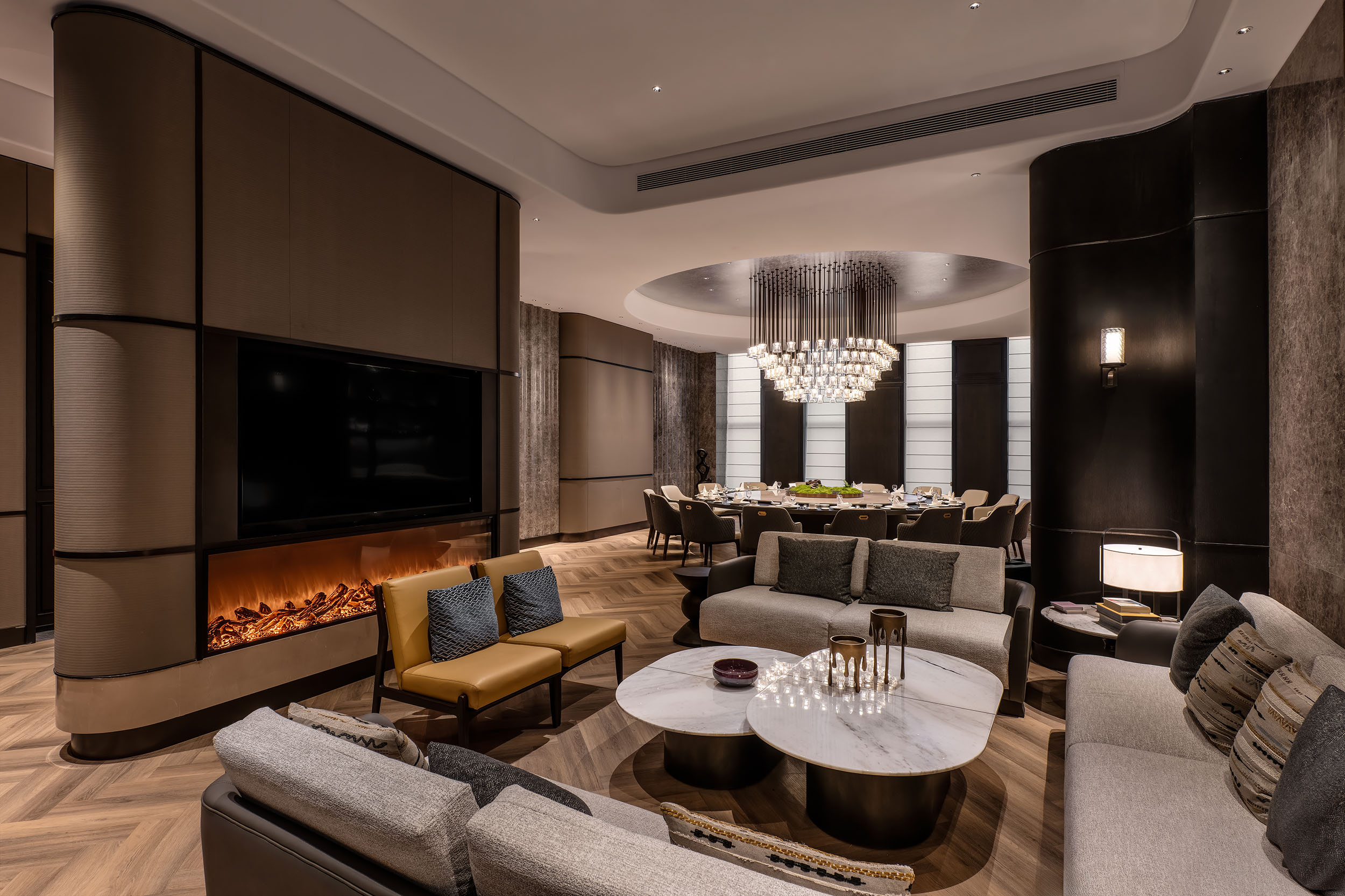
The very air here hums with narrative warmth—each breath inviting guests to gather closer, to unfold their tales like well-loved maps. This is no mere dining chamber, but a miniature stage where every arrival becomes protagonist: laughter rises like curtain calls, clinking teacups mark scene transitions, and the walls themselves seem to lean in, bearing witness to life’s unscripted dramas.
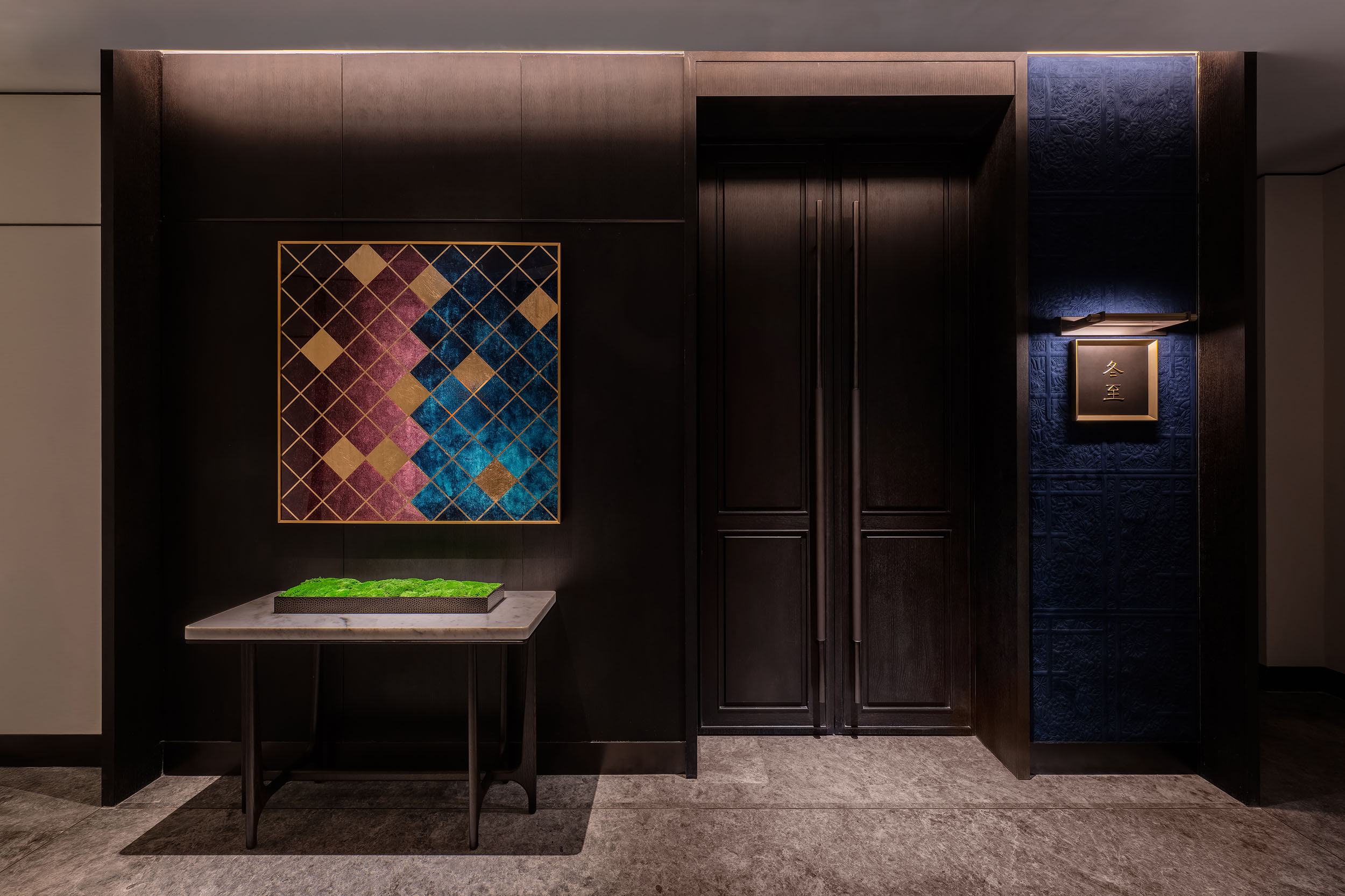
In this scarlet-hued sanctuary, strangers become fellow travelers, their shared meals weaving momentary kinship into something enduring. The space remembers—not with museum-like precision, but with the living patina of countless celebrations, whispered confidences, and toasts that turned acquaintances into kindred spirits.
